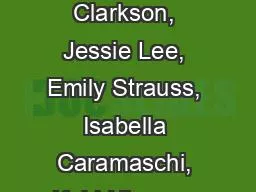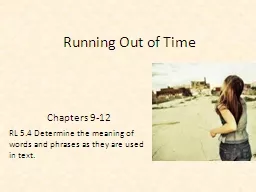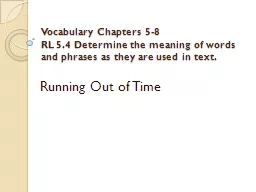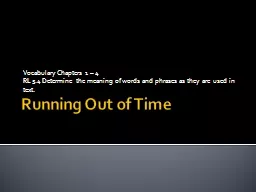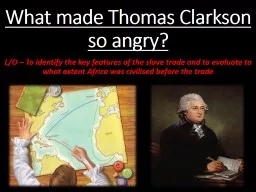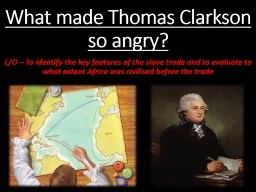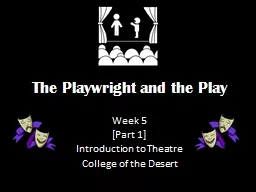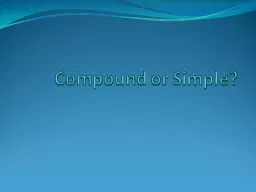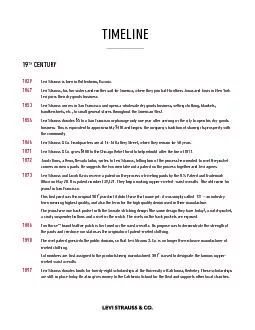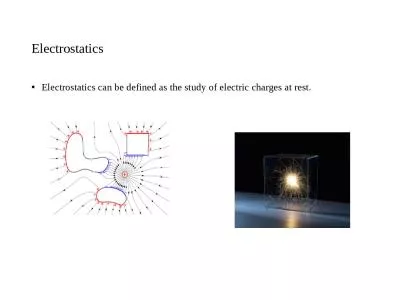PPT-Electrostatics By: Sophie Clarkson, Jessie Lee, Emily Strauss, Isabella Caramaschi, Kobi
Author : kaptainpositive | Published Date : 2020-07-03
What are Signs of Electricitys First Appearance When the ancient Greeks rubbed an amber rod with a piece of cloth the amber began to attract small pieces of leaves
Presentation Embed Code
Download Presentation
Download Presentation The PPT/PDF document "Electrostatics By: Sophie Clarkson, Jes..." is the property of its rightful owner. Permission is granted to download and print the materials on this website for personal, non-commercial use only, and to display it on your personal computer provided you do not modify the materials and that you retain all copyright notices contained in the materials. By downloading content from our website, you accept the terms of this agreement.
Electrostatics By: Sophie Clarkson, Jessie Lee, Emily Strauss, Isabella Caramaschi, Kobi: Transcript
Download Rules Of Document
"Electrostatics By: Sophie Clarkson, Jessie Lee, Emily Strauss, Isabella Caramaschi, Kobi"The content belongs to its owner. You may download and print it for personal use, without modification, and keep all copyright notices. By downloading, you agree to these terms.
Related Documents

